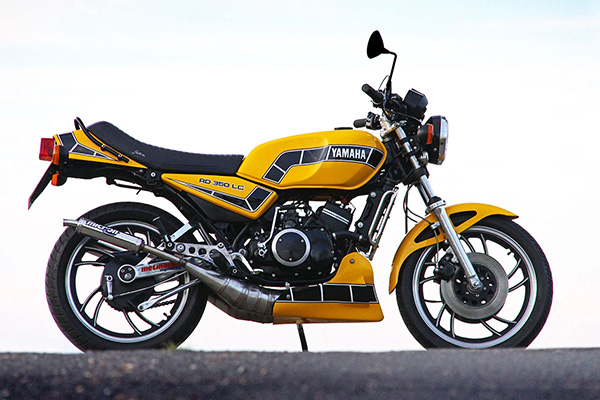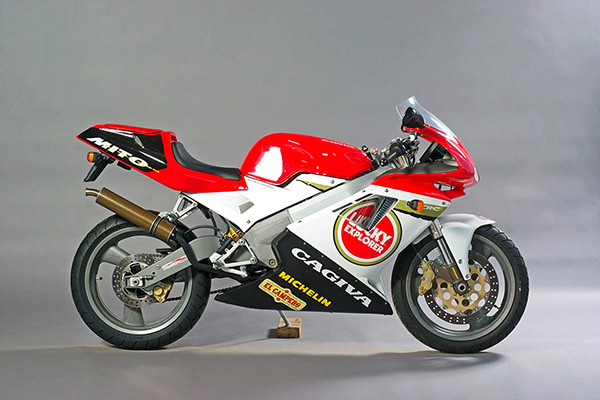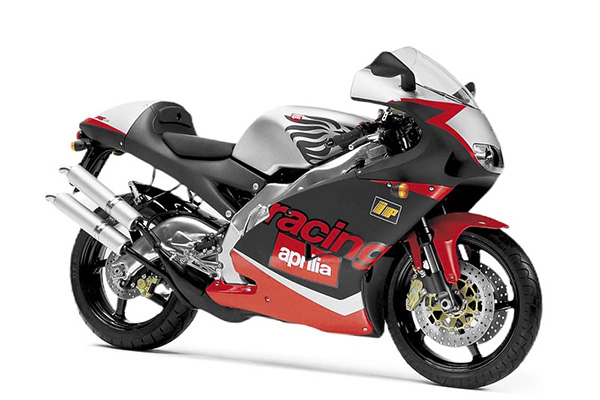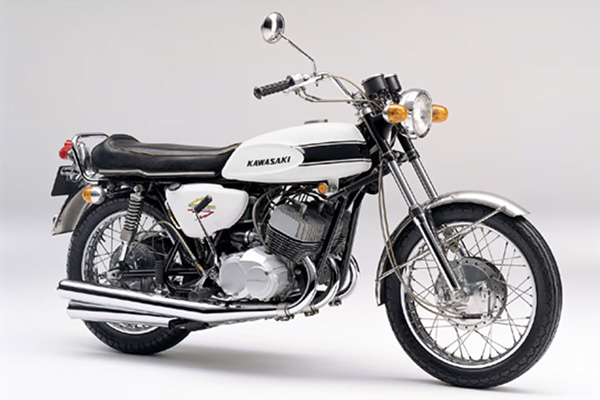1 April 2025
For some, a motorcycle simply needs to be a two-stroke. That distinctive noise and performance can stir the soul and immediately have you dreaming of pulling on some leathers. Unfortunately, the engine type has suffered from emissions regulations (often unfairly so) and noise restrictions (a little more fairly, granted), but there’s a reason that two-stroke motors became such a hit with motorbike riders. The combination of size, weight, and power simply couldn’t be matched for decades, and this means that picking one up now can give you a hit of punchy performance amid a classic soundtrack.

Honda’s CR500 is a machine that many will think of when it comes to two-stroke biking. The classic off-roader was introduced in 1984 with a 491cc single cylinder engine, and offered pace aplenty thanks to 60hp on offer. It underpinned many a race and championship win for riders, and became a popular choice for those venturing off the beaten track.

Talking of legendary bikes, the Honda was preceded by Yamaha’s RD350LC – nicknamed Elsie – a bike that was often the first pick after gaining a motorcycle licence countless riders. The RD350 was produced from 1973-75, but it was the liquid cooled (LC) model that arrived in 1980 that cemented the reputation and became a star. It only had 49hp from a parallel twin, and much of that power wasn’t available anywhere below 6,000rpm, but the blend of acceleration, handling, reliability, and economy meant that it was fairly cheap to buy and run, and so enjoyable to ride. It’s worth remembering that the ‘RD’ stands for ‘Race Developed’ after all.

If it’s racing inspired two-stroke biking you’re after, you can’t get much better than Cagiva’s Mito 125. Looking every inch a slightly scaled down version of Ducati’s famous 916, the Mito was a favourite of learner riders, offering superb handling and ride quality to back up those stylish looks. Built between 1991 and 2010, the Mito has a reputation as a fragile machine, and not designed for long distances, but for simple biking pleasures, there are few finer. As for pedigree, a certain Valentino Rossi won the first of his many titles on one in 1994, taking the Italian Sport Production Championship.

One of the only bikes that can compete against the Cagiva for racing prowess is Aprilia’s RS250. The phrase ‘racer for the road’ is often overused, but the Aprilia certainly fits the bill, as one of the least compromised racing machines converted for road use produced before or since. Built for a decade from 1994, the RS250 drew inspiration from the 1993 GP winner, combining a perfectly balanced chassis with a 55hp 249cc V-twin – complete with ring-ding-ding audio accompaniment – for a machine that practically defines the road-going racing bike genre.

It's a testament to the Italian’s craft for building motorcycles that two feature in this list, because two-stroke bikes are traditionally a stronghold for Japanese manufacturers. Honda didn’t just use two-stroke engines in off-road bikes, as the NSR250R proves. This is another example of two-stroke’s suitability for racing transferring to the road. Powered by an engine the same capacity and configuration as the Aprilia above, Honda’s unit produced more than 50hp and was built from the late Eighties until 1999, though the MC28 model released in 1994 is perhaps the sweet spot in the range.

If you’re looking for early two-stroke thrills however, there are few finer choices than Kawasaki’s H1 Mach III. Designed to be an affordable sports bike, the three-cylinder 500cc engine almost immediately made any four-stroke bike in the same class obsolete at launch in 1969. With more than 60hp, it even made 650cc bikes of the time look slow, such was its rapid acceleration, and has gone down in history as one of the finest two strokes ever, persuading many other manufacturers of the benefits of two-stroke power.

COMMENT